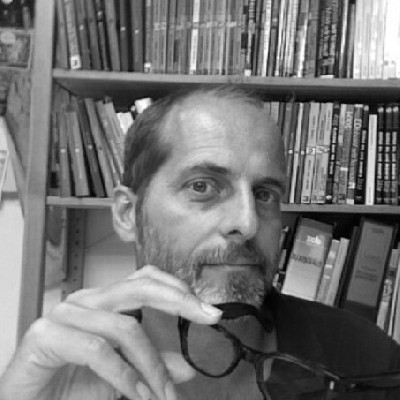ArtCOP21. The acronym implies an agenda of cultural events in Paris that is paving the way for the 21th round of negotiations about climate and is going to animate the capital of France as long as the summit will last.
The “artistic mobilization” was promoted from COAL and Cape Farewell and aims not only at raising awareness and disseminating the knowledge of the phenomena that are changing the ecological balance of the planet, but also at saying how significant is the role played by art art in the building of knowledge itself. Besides, the initiative in Paris merely promotes and increases the presence of art on environmental topics and their cultural and social significance. This trend manifests itself at the international level and it will be constantly reported by Materia Rinnovabile on its pages.
Now in its sixth edition, the prize promoted by the Coalition for art and sustainable development saw the participation of 389 proposals from 51 countries; the response itself confirms the proposition above, at least numerically.
In addition to the main competition dedicated to art and environment, a special prize for works inspired by the situation of the oceans has been awarded this year, focusing particularly on the unique and seriously threatened environments as that of the coral reefs.
The selection of the proposals ended before the summer and it saw the designation of 10 projects for the COAL Prize Art and Environment: Alex Hartley (UK), Nowhere Island; Collective Disaster (Belgium), Temple of Holy Shit; FICTILIS (Timothy Furstnau and Andrea Steves, USA), True Market Cost; Julie Navarro (France), Droséra; Livin Studio (Katharina Unger and Julia Kaisinger, Austria), Fungi Mutarium; Mare Liberum (USA), Mergitur sed Regurgitat; MELD (with Shaun Gladwell, USA, Australia and Greece), Climate Change Hip-Hop Opera; Monte Laster (USA-France), CO-OP; Stéfane Perraud with the writer Aram Kebabdjian (France), Soleil Noir; Yesenia Thibault-Picazo (France), Craft in the Anthropocene.
Six works were short-listed for the Special “Oceans” Prize: Hortense Le Calvez and Mathieu Goussin (France), Corals 2.0; Nicolas Floc’h (France), Structures productives; Jérémy Gobé (France), MOSE/Latistellata; Elsa Guillaume (France), Cosmographie corallienne; Henrik Håkansson (Sweden), The Coral Sea; Mrugen Rathod (India), Untitled.
The jury, chaired by the French Environment Minister Ségolène Royal, was composed of Agnès B. (designer); Claude d’Anthenaise, head curator of the Musée de la Chasse et de la Nature; Élodie Bernollin, head of communications of Tara Expeditions; Philippe Cury, oceanographer, head of research at the IRD; Anne Ged, director of APC (Agence Parisienne du Climat) and Emma Lavigne, director of the Centre Pompidou in Metz.
At a ceremony at the Musée de la Chasse et de la Nature on September 17th, the Prix COAL Art et Environnement 2015 was awarded to Alex Hartley’s Nowhere Island and – for the prize COAL Spécial Océans – to Elsa Guillaume’s Cosmographie corallienne, an imaginary map of the underwater world of coral reefs inspired by medieval cosmographies.
COAL
The COAL association, the Coalition pour l’art et le développement durable, was created in 2008 in France by a group of professionals experienced in the concern of contemporary art, sustainable development and research, aiming at encouraging the emergence of a culture of ecology. By a multidisciplinary and innovative approach COAL intends to mobilize artists and cultural operators on the major environmental and social challenges, working together with NGOs, scientific institutions and companies in order to support the unique role of culture and creativity in stimulating collective awareness and inspiring the implementation of concrete solutions.
COAL plans and manages contemporary art expositions and events on the issues of sustainable development, in addition to the annual award of the COAL Prize Art and Environment, whose importance is currently recognized at the international level.
From 2010 to 2013 COAL took part in the definition of a national strategy on these issues as part of a collaborative relationship with the Ministry of Ecology, Sustainable Development and Energy. It also participates in several other national and European initiatives.
COAL Coalition pour l’art et le développement durable, www.projetcoal.org/coal/.
Cape Farewell
Cape Farewell is a project engineered by artist David Buckland in 2010 in order to stimulate a cultural response to climate change. Nowadays the project turned out to be an international non-profit initiative, based in London (University of Arts) and Toronto (MaRS Centre). Cape Farewell links designers, scientists and information professionals, too, by promoting the use of creativity to innovate and involving artists for their ability to communicate the urgency of the climate challenge at the “human scale.”
Cape Farewell Art & Climate Change, www.capefarewell.com/art/past-projects/art-and-climate-change.html.
ArtCOP21 A global festival of cultural activity on climate change, www.artcop21.com.
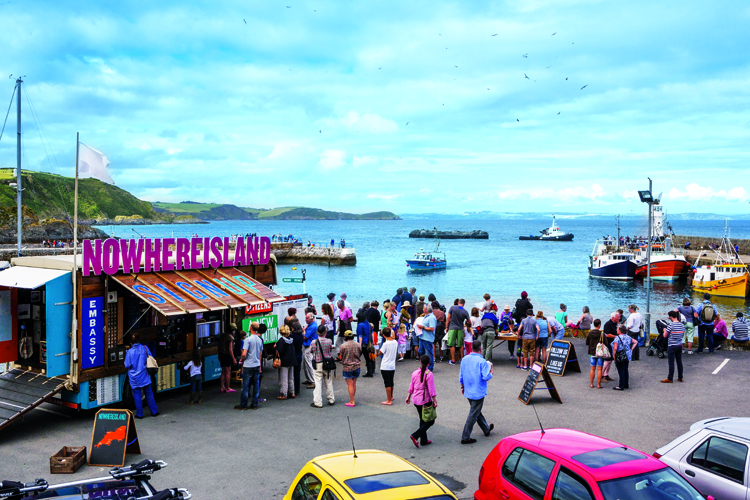 |
|
Collection of tracks and objects, of the commons from “no man’s land” that remain outside the jurisdiction of the 196 nations of the world. Nowhere Island is a temporary exhibition that wants to denounce as borders exacerbate global emergencies such as climate change, poverty, and hunger today. The idea of extraterritoriality is the only way of considering humanity as united and at peace with the environment, too.
|
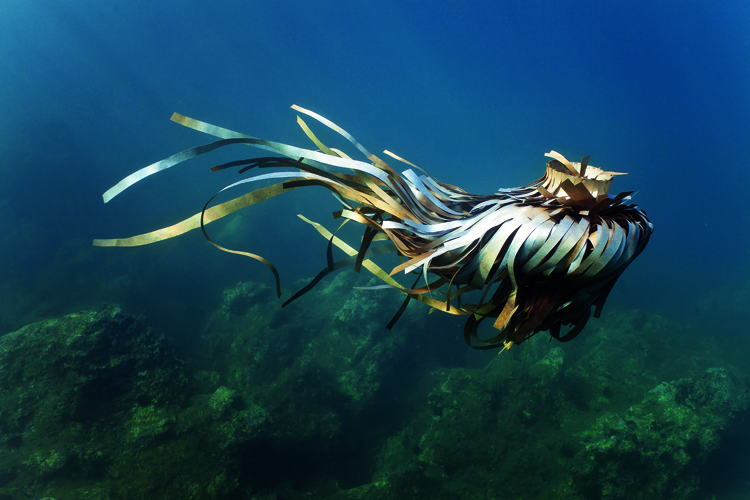 |
|
Posidonia Oceanica is an endemic species in the Mediterranean sea, which has the characteristic of multiplying by cloning, reproducing always identical to itself and maintaining an unchanged genetic heritage for thousands of years. Some theories hold that “accidents” or “errors” may, however, occur during the cloning process. The project reflects on how the pollution of the seas could affect these mutations unforeseen. The sculptures are placed on the seabed for the time needed to dive and picture them. Their shape evolves with the currents. |
 |
|
Disaster builds the temple that celebrates our ability to contribute to soil fertility. We humans are the real alternative to chemical fertilizers. |
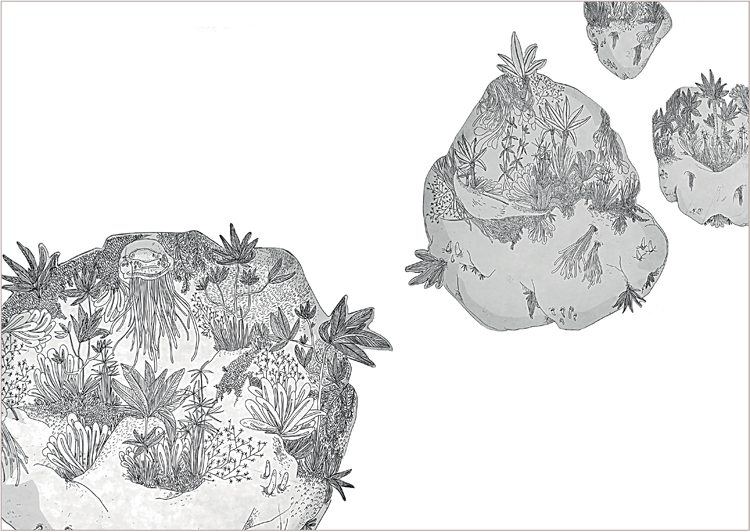 |
|
The project is a work in progress resulting in the creation of a map of the – unique and severely threatened – underwater world of the coral reefs. The face of real submerged continents and archipelagos will be enriched by the depiction of a wildlife observed and imagined, as happened in the maps of the 15th century, whom the work is inspired to. The work of Elsa Guillaume, an artist and explorer, will develop during her participation in an oceanographic expedition dedicated to these environments (oceans.taraexpeditions.org). |
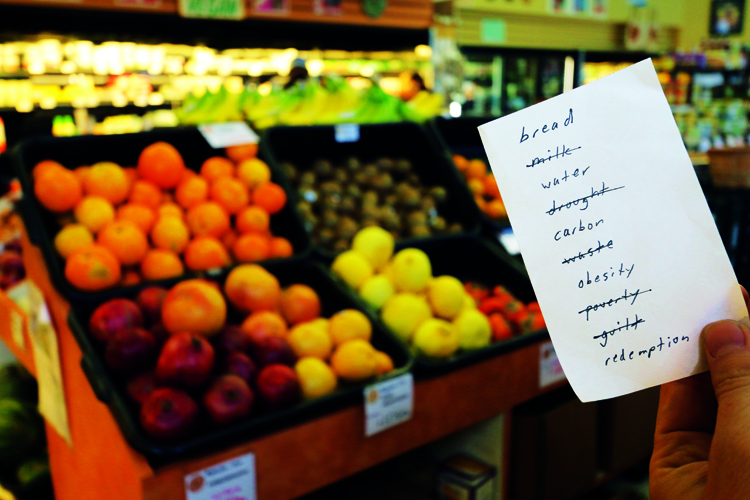 |
|
In the market of FICTILIS goods are sold at their real price, integrating the social and environmental costs of their production, processing, distribution and consumption. That is what we currently persist in calling “externalities.” |
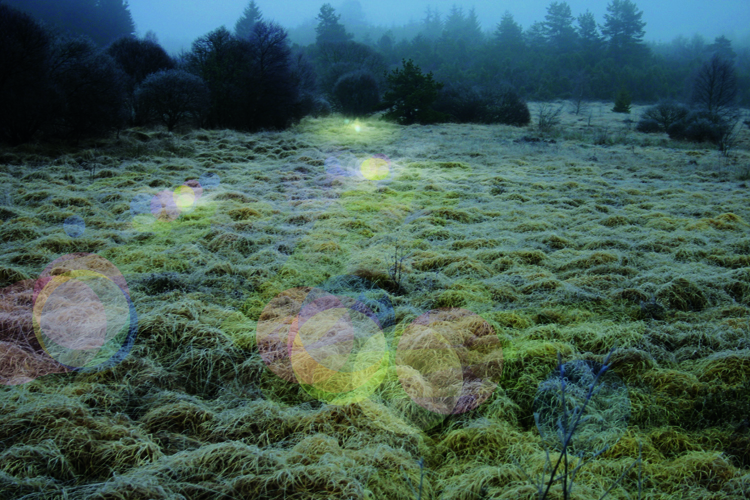 |
|
A travel through the aesthetics of the relationship between man and landscape, in the peat bogs of the Limousin, a real “sink” of carbon acting as a natural regulator of the climate. |
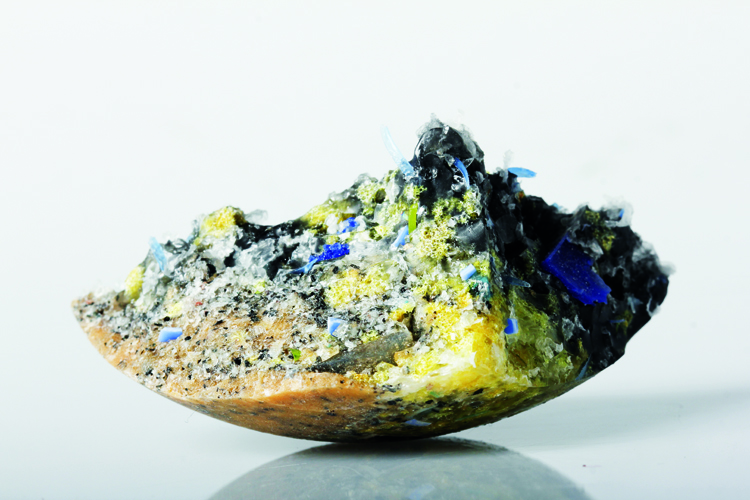 |
|
The geology of the future in a “plastic sediment,” an image of the soil and of the populated resources of the future. |
 |
|
A prototype of culture of mycelium can biodegrade toxic waste turning them into edible biomass, a consideration on how climate change can overturn the laws of consumption and living. |
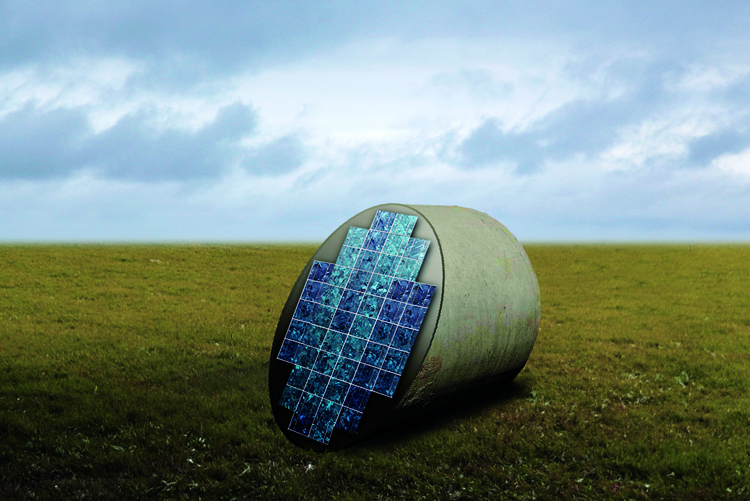 |
|
The “Black Sun” is a pièce of futuristic science fiction, a cooler to counter the effects of climate change. A projection of a likely future that aims at considering the ambivalent scientific utopia and our uncertain relationship with energy. |
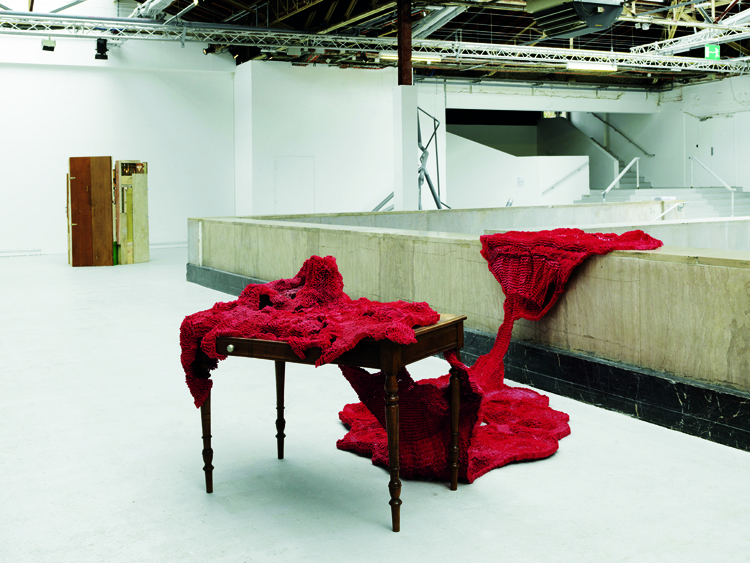 |
|
A design of structures able to “patch up” and restore the geometric pattern of coral formations.
|


